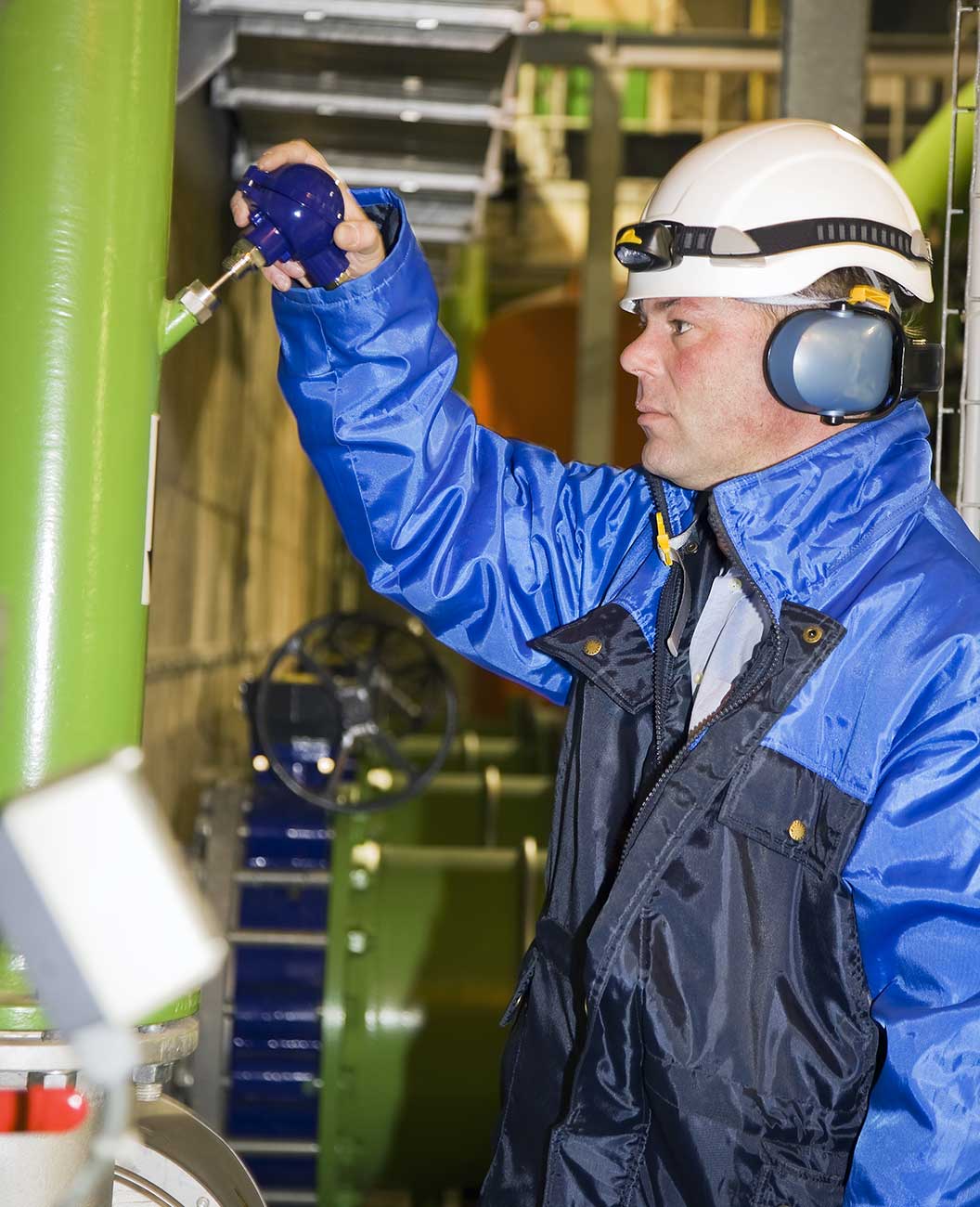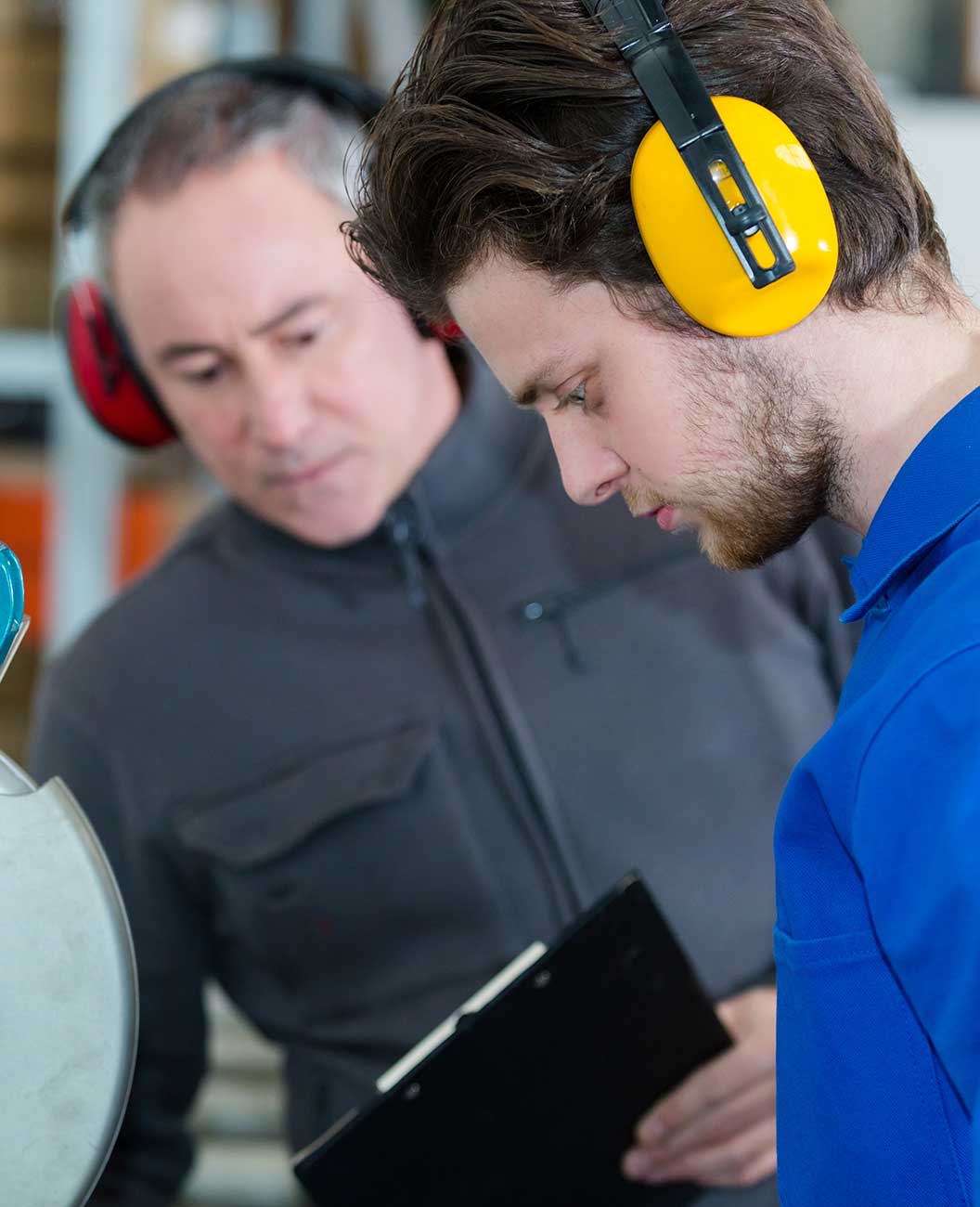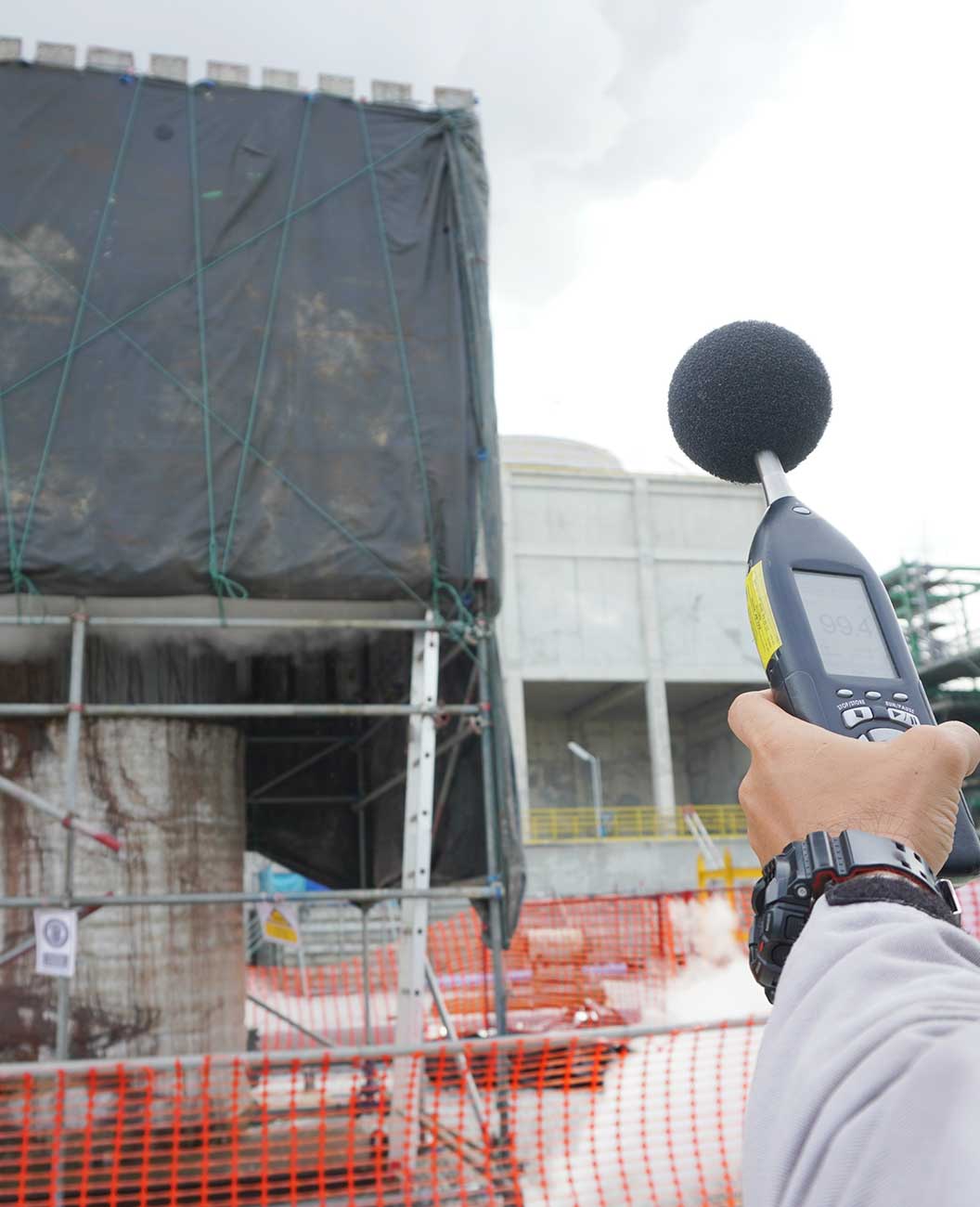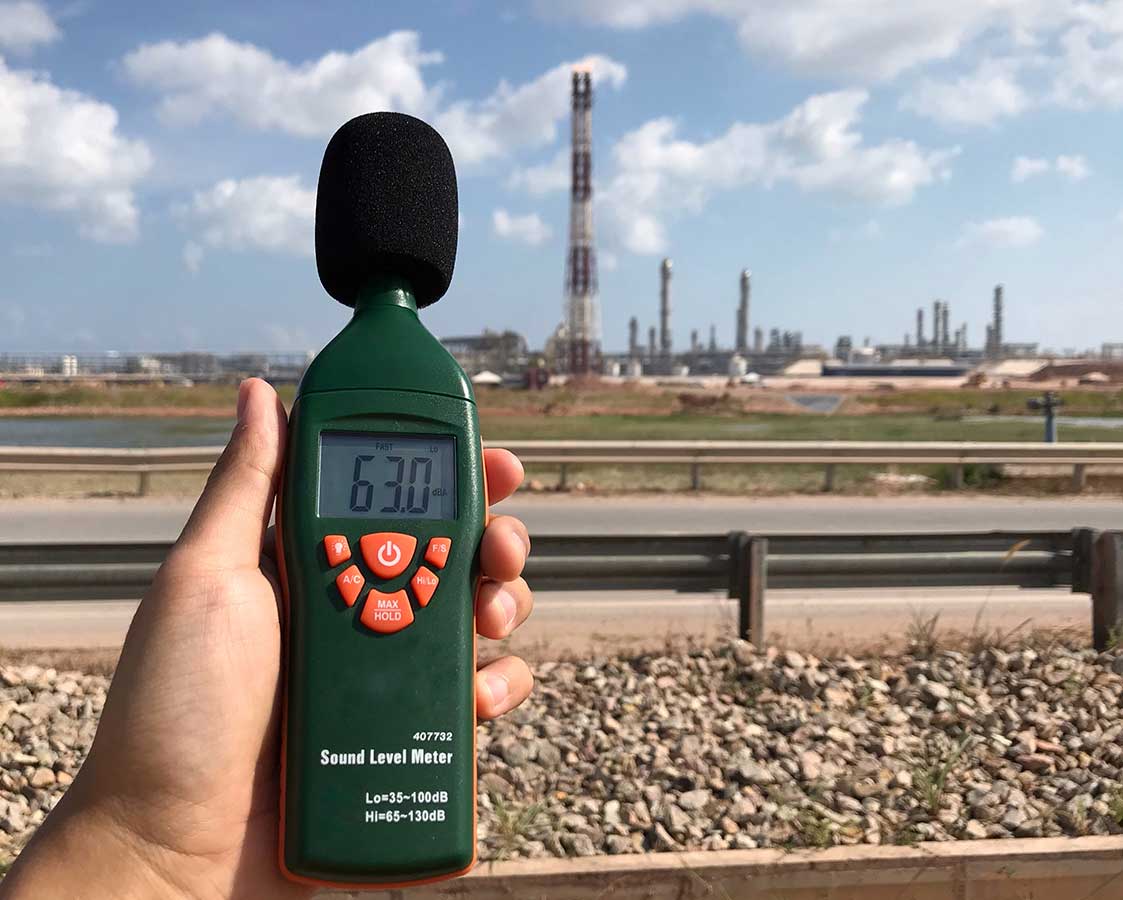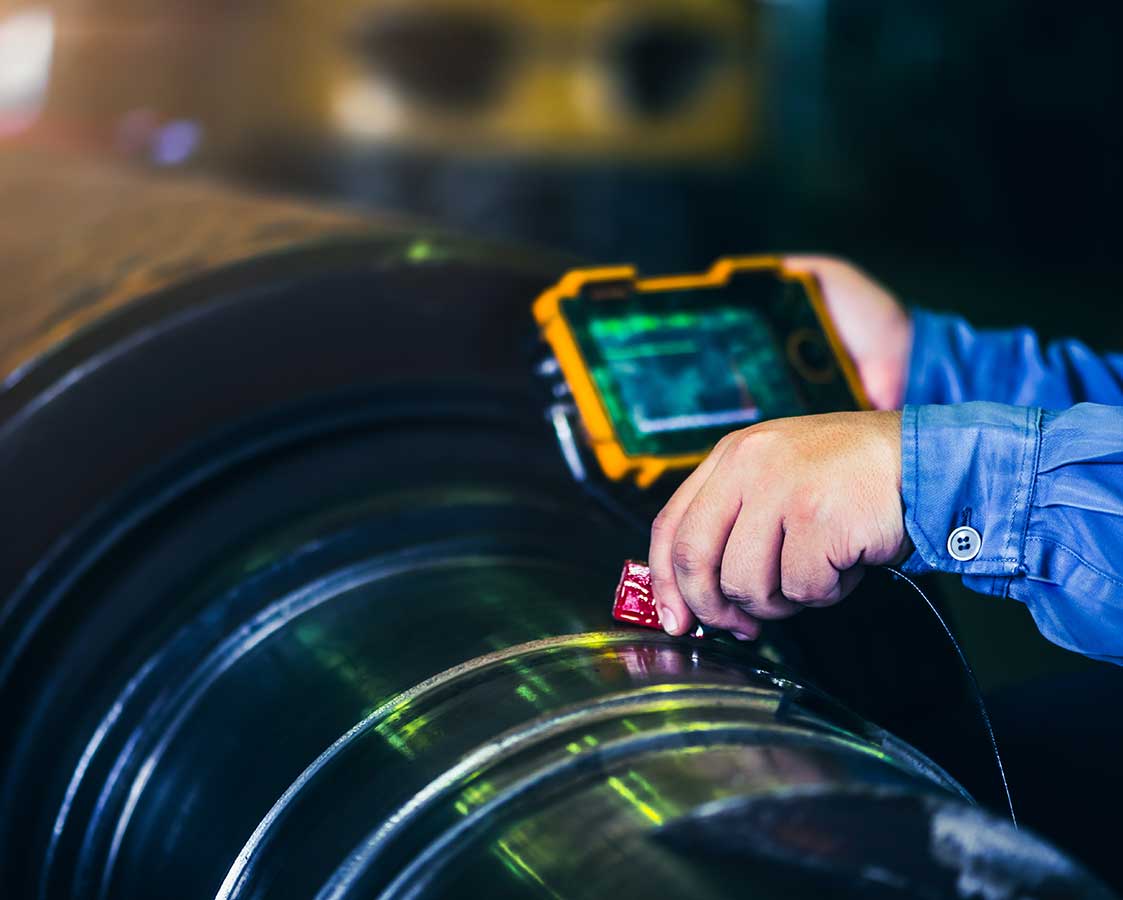The purpose of the noise assessment may include the following:
- Identify people likely to be exposed above the exposure standard
- Determine the noise exposure of similar exposure groups
- Assess the risk of noise induced hearing loss, otherwise known as industrial deafness
- Develop a priority assessment to eliminate or reduce sound levels that contribute significantly to the overall daily exposure.
Initially a preliminary noise assessment is conducted to identify people likely to be exposed to significant levels of noise. If any area or tasks is found to be greater than 80 dBa then a detailed noise survey is recommended.
The detailed noise assessment identifies tasks and/or areas that contribute to the overall daily exposure to then calculate the average continuous A weighted sound exposure and the LC,peak. The Workplace Noise Regulation requires exposure levels to be less than LAeq, 8hr of 85 dB(A) and LC,peak of 140 dB(C).
Following the noise assessment, controls should be in place to reduce excessive noise levels to as low as reasonably practicable to reduce the risk of noise induced hearing loss (industrial deafness).
For more information on assessments please contact one of Safe Environments Occupational Hygienists or Noise Consultants
Be absolutely assured. Safe Environments is NATA accredited for Noise testing
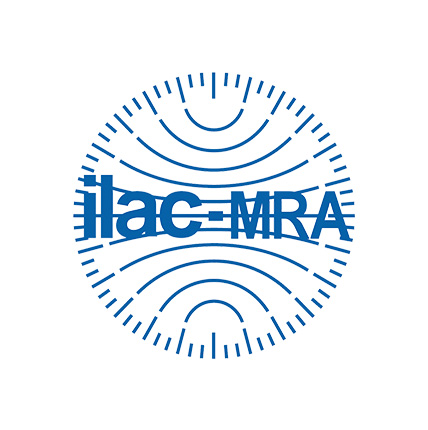
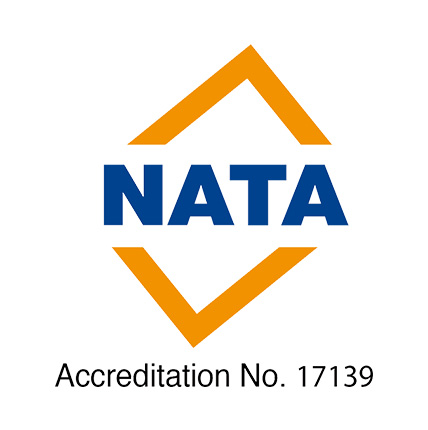
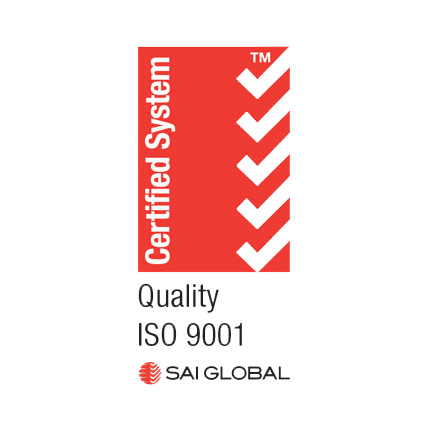
Ensure a Safe Environment
For more information on noise testing or management please contact one of Safe Environments Occupational Hygienists or Noise Consultants located in the following Australian cities:
Melbourne & Victoria
Unit 25, 1 Millers Rd Brooklyn VIC 3012 Australia
NSW - Sydney, Newcastle & Wollongong
Unit 4, 40 Bessemer Street, Blacktown NSW 2148
